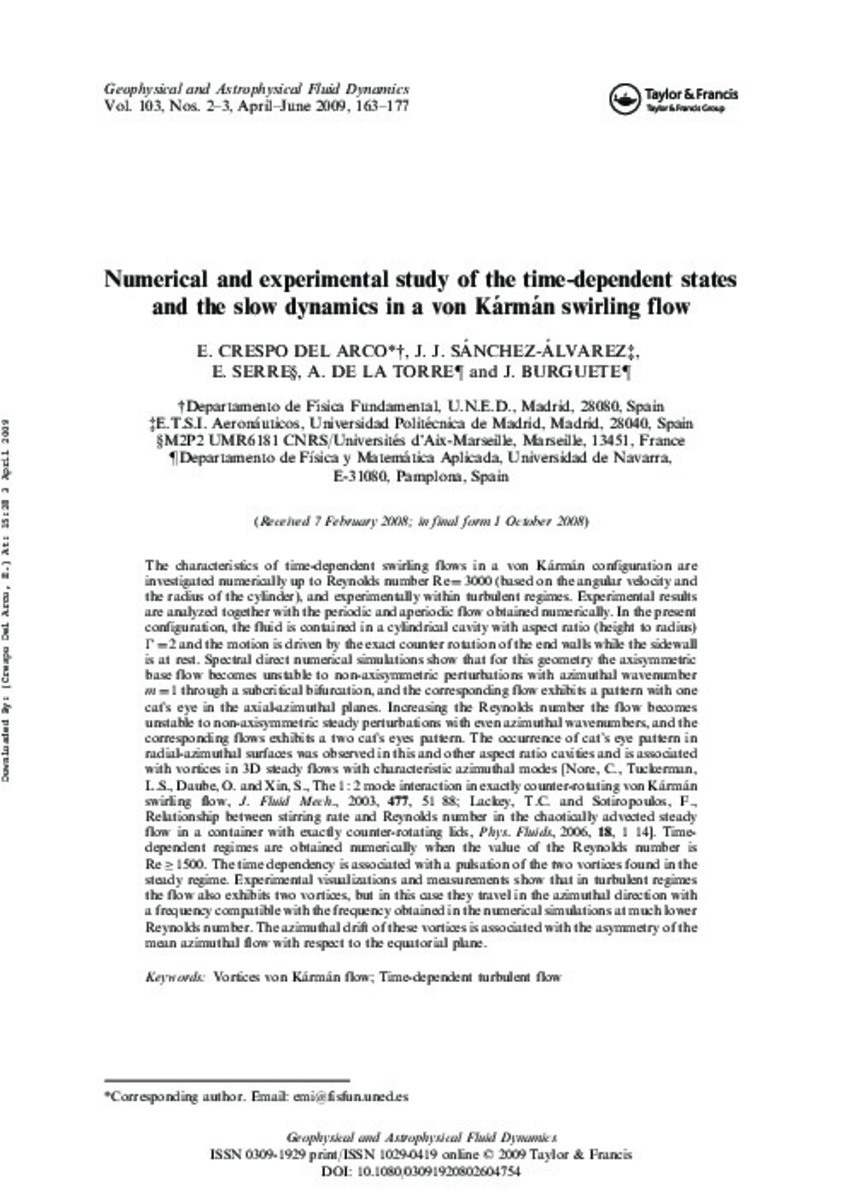Numerical and experimental study of the time-dependent states and the slow dynamics in a von Ka´rma´n swirling flow
Files in This Item:
Statistics and impact
Items in Dadun are protected by copyright, with all rights reserved, unless otherwise indicated.









